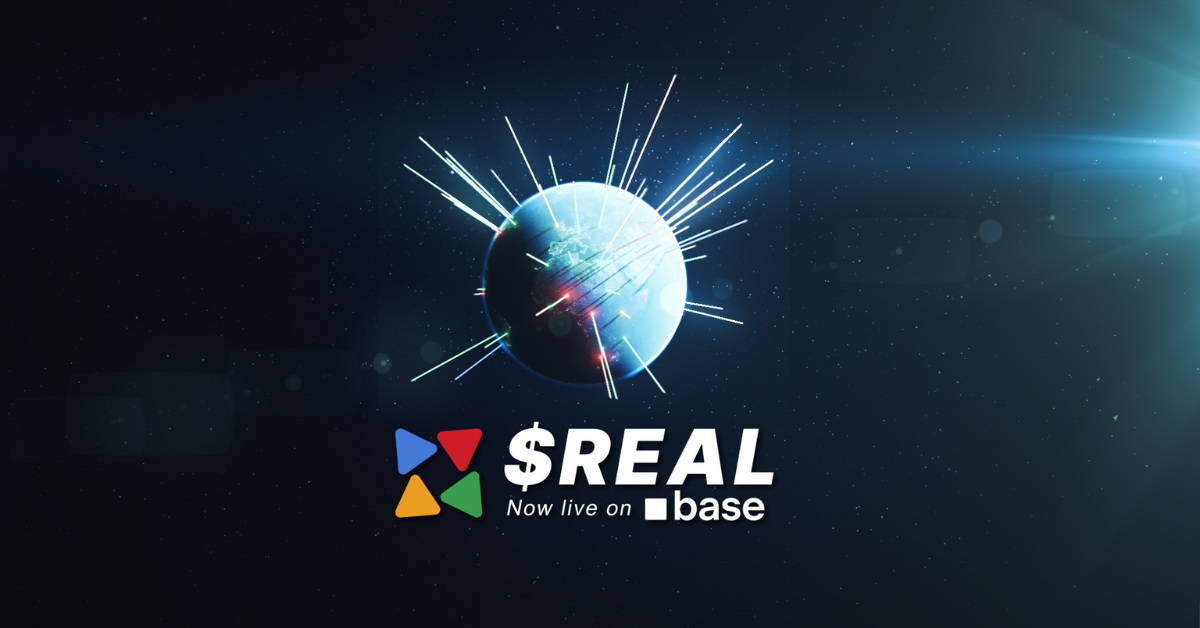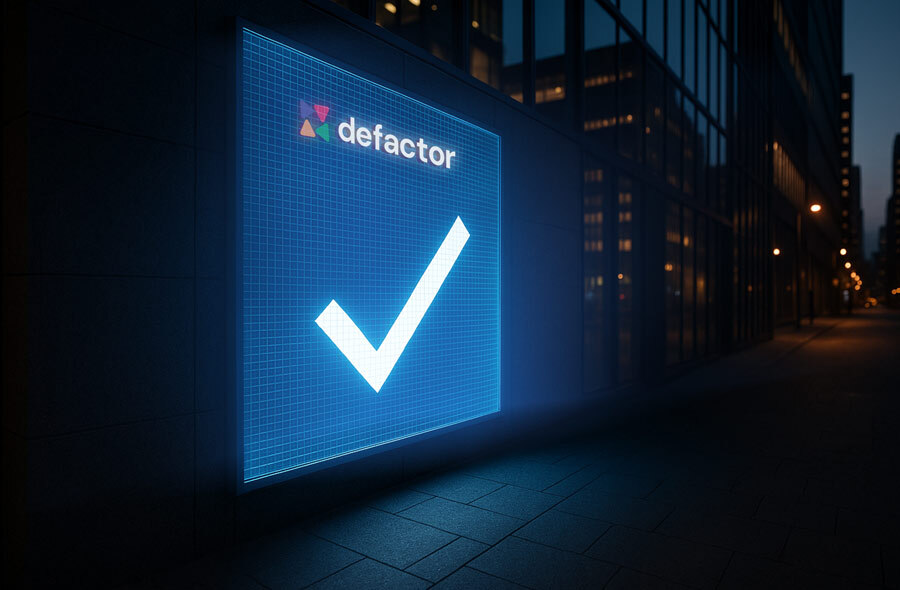Streamlined Compliance and Settlement
On-chain RWAs offer programmable compliance, where rules related to KYC/AML, jurisdictional limits, or investor eligibility are enforced at the core level by smart contracts. Combined with near-instant settlement and reduced intermediary layers, contract automation significantly lowers operational costs and settlement risk which are two areas of ongoing concern for institutions dealing with outdated infrastructure. A case can be made historically for when smart contracts could have enabled a large institutional player to avoid a total catastrophe:
In the 2016 Wells Fargo fake account scandal, employees opened millions of unauthorized customer accounts to meet aggressive internal sales targets. A key failure was the lack of real-time oversight and reliable audit mechanisms, which allowed fraudulent activity to persist for years. Smart contracts could have fundamentally changed this by creating immutable, transparent audit trails. Every account creation and customer interaction would be time-stamped, verifiable, and tamper-proof, making unauthorized actions immediately detectable. Both internal auditors and regulators could have flagged the misconduct early, likely preventing the widespread fraud not to mention the $3 billion in penalties Wells Fargo ultimately faced.
In fact, scandals have made institutions acutely aware of their operational vulnerabilities, particularly in areas like compliance, auditing, and internal controls. As a result, forward-looking institutions are beginning to explore DeFi infrastructure and blockchain-based systems not just for yield, but as tools for operational resilience.
A Regulatory Bridge and Strategic Entry Point into Web3
Unlike volatile crypto tokens, RWAs often align more easily with existing regulatory frameworks. This clarity reduces perceived risk and offers a compliant pathway for banks, pension funds, and asset managers to begin interacting with DeFi. From the perspective of a TradFi player, RWAs serve as a low-volatility entry point into Web3, offering familiar risk profiles backed by tangible, real-world assets.
Defactor is steadily becoming one of the most important infrastructure providers in this transformation. Purpose-built for regulated, real-world finance, it delivers a modular toolkit that allows institutions to tokenize assets, implement governance, and access DeFi liquidity. While the broader market focuses on short-term trends, Defactor has been laying the technical and strategic groundwork for scalable RWA adoption across sectors like real estate, private credit, and commodities, for years.
Defactor has been a long-term backbone for enterprise adoption, giving traditional players a powerful, future-proof way to enter decentralized markets with confidence. With the industryr maturing, tokenization toolkits are becoming core infrastructure in modern finance.
Architectural Limitations, Regulatory Gaps & the Path Forward
While RWAs offer significant potential value on-chain, it is natural that implementations have come under scrutiny for simply replicating traditional database structures. Critics argue that tokenized real-world assets often function more like digital IOUs than autonomous smart contracts, falling short of the decentralization that defines DeFi.
These technical and philosophical critiques are compounded by serious challenges. Questions surrounding classification, jurisdictional enforcement, and the legal standing of smart contracts remain unresolved, deterring some institutions from full-scale adoption. At the same time, RWA platforms exist in a fragmented ecosystem with inconsistent token standards and a lack of cross-platform operability, limiting the liquidity and scalability that makes the concept of DeFi so powerful.
The solution is simple: time. RWA is far from stagnant; consider the advancements of the last 5 years, if not the last 12 months. A growing ecosystem of developers, legal engineers, and infrastructure providers is actively building solutions to address these issues.
- Decentralized attestation and oracle networks are helping bring reliable off-chain data on-chain in a trust-minimized way,
- On-chain legal frameworks are bridging smart contracts with enforceable legal agreements
- Standardized token frameworks are promoting interoperability.
- Programmable compliance tools allow for rule-based access control through decentralized identity layers
- Hybrid custody and escrow models are being developed, offering legal enforceability with DAO governance and transparent on-chain management
RWAs currently straddle the tension between TradFi operational models and DeFi ideals, however, the near future holds vast importance, the integration of decentralized infrastructure, legal clarity, and technical interoperability are coming. The next generation of RWA protocols won’t just participate in global finance they’ll help define its standards for transparency, efficiency, and trust. Or, to borrow a line from Dr. Strangelove, Stanley Kubrick’s 1964 classic: “It is not only possible, it is essential.”
Key takeaways
- Institutional capital is going on-chain: RWAs offer familiar, yield-generating assets in a compliant format
- Defactor is enabling enterprise adoption: With modular, regulatory-ready infrastructure, Defactor supports secure tokenization, governance, and liquidity access
- Smart contracts reduce risk: On-chain automation provides real-time auditability, improving compliance and resilience across financial operations
- The foundation is being laid now: Despite challenges, the next wave of RWA protocols will define the standards of transparency and efficiency in global finance






